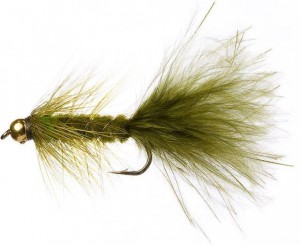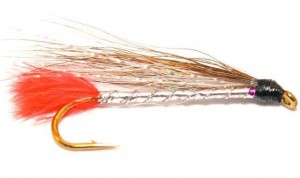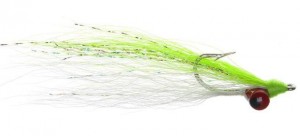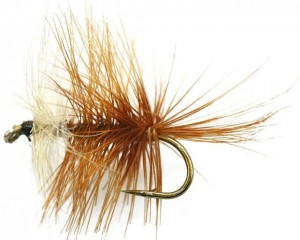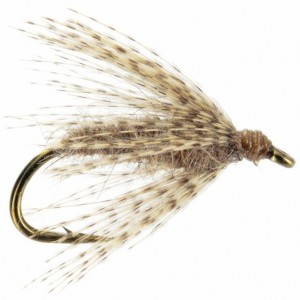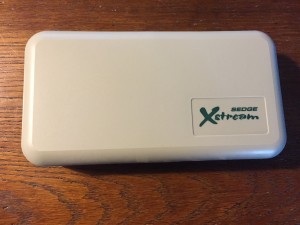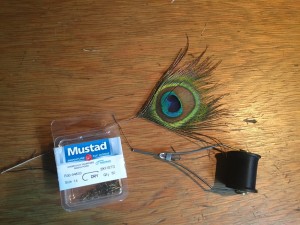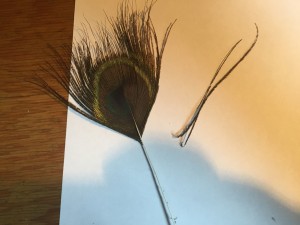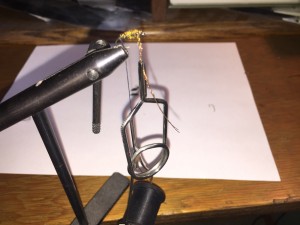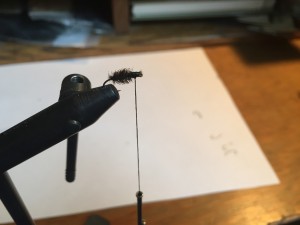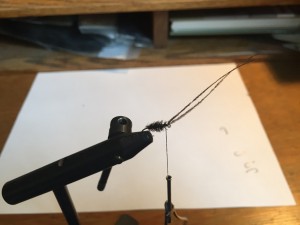I recently read an article in Outdoor Canada Magazine (my second favorite outdoor magazine) titled 7 Easy to Tie Flies That Will Catch Fish Anywhere in Canada. I live “Anywhere in Canada” and I love to fly fish so I have decided that it is my mission this summer to try all these flies and give you a report on how well they work and how easy to tie they are. One of the points the author makes is “these flies will work just fine if they’re a little sloppy”. Coincidentally that’s exactly how I tie most of my flies. I think “sloppy” also makes them look “buggy”, and, in some cases, injured.
So, the 7 flies are (in order of the images below the list):
- BEAD-HEAD WOOLLY BUGGER
- BROWN & WHITE BUCKTAIL
- CLOUSER DEEP MINNOW
- BIVISIBLE
- HARE’S EAR FLYMPH
- X-CADDIS
- EGG FLY
I have tied and fished flies similar to all these at some point, except maybe the BiVisible. Good news, I can remember catching fish on all of them, from walleye and goldeneye on the Clouser Minnow to rainbow trout on the caddis. The wooley bugger has been a favorite, catching a wide variety of species including pike, walleye, and rainbow trout. The bucktail has work especially well on perch. I haven’t used an egg fly pattern in Canada, but I have caught steelhead on the Salmon river in Idaho with an orange/red version. Hare’s ear nymphs have caught rainbow trout and perch.
By the end of summer, I will also add a few of my favorites to the list, hopefully arriving at a respectable 10 flies that are easy to tie, easy to fish, and catch fish. Expect that list to include the Super Jumbo Mosquito.
Summer Fishing Plan
My plan for the summer is fill a new fly box with only these flies and fish them as often as I can. Translation: I now have another reason to go fishing. Whenever I convert my gear fishing fishing buddies over the art of fly fishing, I will arm them with a few of these flies and keep track of how well they do. Well, 2 months until fishing season opens, I’d better get tying some flies.

